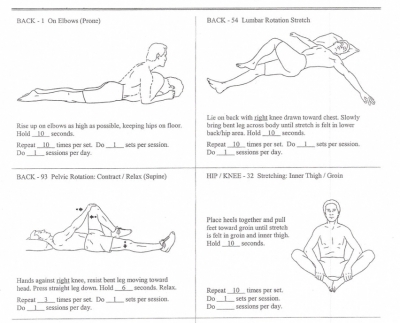The New York Times reports that the greatest risk to infants of pertussis infection comes from older siblings, but leaves out key parts of the story.
The New York Times reports on a new study finding that the greatest risk to infants of being infected with the bacteria that causes whooping cough, or pertussis, now comes from their older siblings. The Times explains that this is “probably a result of waning immunity among children and adolescents who had received the DTaP vaccine.”
Indeed, waning immunity is a serious problem with the DTaP combination vaccine (which contains diptheria, tetanus, and pertussis antigens). One recent study published in Pediatrics concluded, “Tdap protection wanes within 2 to 4 years. Lack of long-term protection after vaccination is likely contributing to increases in pertussis among adolescents.”
But the Times is misleading its readers by telling only one part of the story, leaving readers with the impression that simply giving more “booster” shots would solve the problem.
It wouldn’t.
Vaccinated Individuals Spread Disease
Waning immunity by itself doesn’t explain the trend described. As another recent study in the journal Clinical Infectious Diseases points out, “pertussis is currently the least well-controlled vaccine-preventable disease despite excellent vaccination coverage and 6 vaccines doses recommended between 2 months of age and adolescence” (emphasis added).
Undervaccination is hardly the problem.
[Full Article]

















